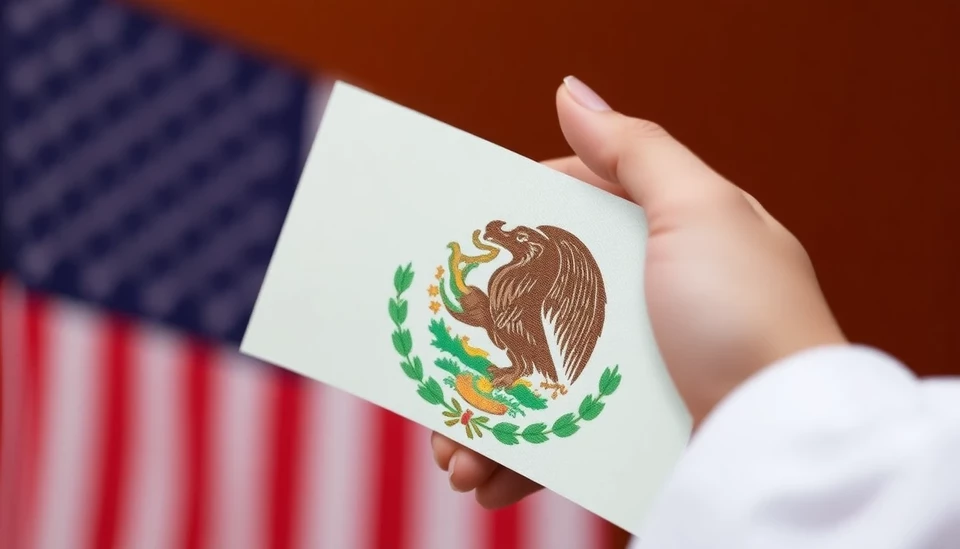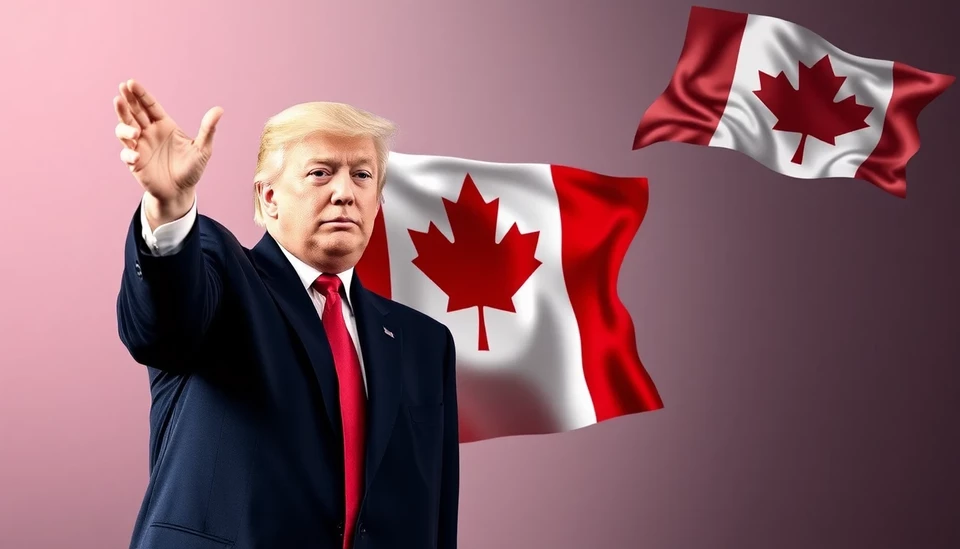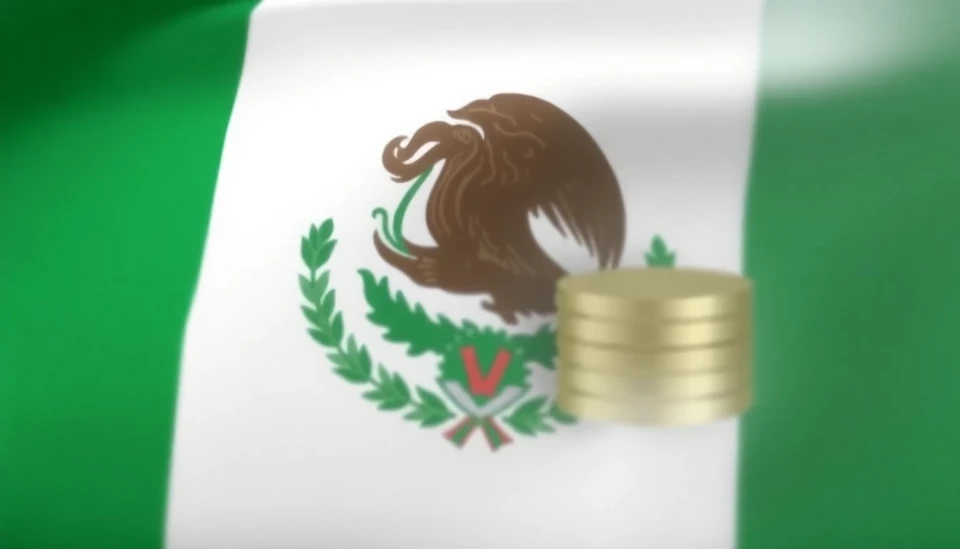
In a significant development, the Mexican peso has come under pressure following the recent imposition of tariffs by the United States. This strategic financial move has ignited concerns that other emerging market (EM) currencies may also be adversely affected, creating ripples through the global economic landscape. As trade relations between the U.S. and Mexico continue to morph, the implications of these increasing tariffs extend beyond just bilateral trade.
The U.S. administration announced a new round of tariffs targeting various Mexican goods, which has led to an immediate response from foreign exchange markets. Investors reacted swiftly, causing the peso to slide against the dollar. The decline reflects broader anxieties among market participants regarding Mexico's economy and the potential for retaliation, which could further exacerbate issues within the region's already fragile financial systems.
Analysts suggest that the ongoing trade tensions may catalyze a more pronounced shift in the dynamics between the U.S. and its southern neighbor. Mexico, heavily reliant on trade with the United States, particularly in the automotive and manufacturing sectors, now faces an uncertain economic future. This uncertainty poses risks not only to the peso but also to the overall health of the Mexican economy.
In the context of emerging markets, the Mexican peso's decline could usher in a wave of volatility across various currencies. Investors may begin to reconsider their positions in other emerging market economies, especially those that share trade ties with the U.S. or are susceptible to economic shifts influenced by similar tariff measures. The potential for capital flight from these regions raises alarms about financial stability in markets that have been on the upswing in recent years.
Furthermore, the increased costs of imported goods due to tariffs could spur inflationary pressures in Mexico. Consumers may find themselves paying higher prices for everyday items, which could lead to decreased purchasing power. If inflation rises significantly, it could prompt the Bank of Mexico to adjust its monetary policy, further complicating the economic picture.
The U.S. tariffs pose a dual challenge: they not only impact direct trade flows but also create an atmosphere of economic uncertainty that can paralyze investment decisions. Businesses operating in Mexico and linked to U.S. markets might delay or reconsider expansion plans, leading to reduced economic growth potential. Such developments could create lasting impacts on employment and industrial output within the region.
As the situation evolves, it will be crucial for investors, policymakers, and economists to closely monitor the developments. The interactions between U.S. tariffs, the Mexican peso, and the broader emerging markets will offer a clearer picture of the economic landscape in the coming months. Stakeholders must navigate these turbulent waters with caution, as the implications are likely to extend far beyond the immediate effects.
In a global economy that is increasingly interconnected, the ramifications of these trade policies underline the importance of strategic economic diplomacy and collaboration among nations.
#MexicanPeso #USTariffs #EmergingMarkets #Mexico #Economy #TradeRelations #FinancialNews
Author: Daniel Foster

